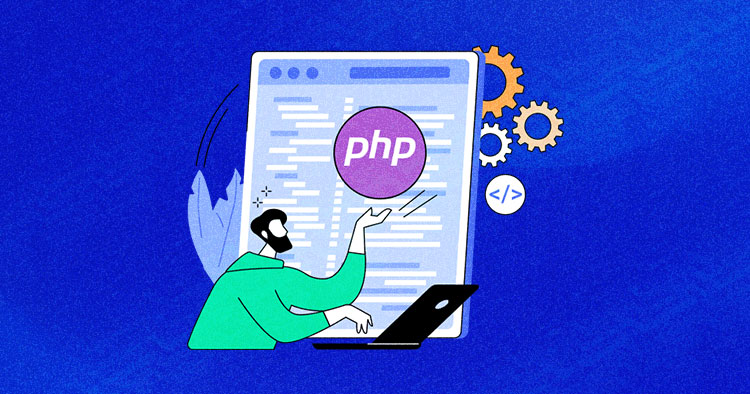Introduction
PHP (Hypertext Preprocessor) is a widely used server-side scripting language designed for web development. It excels at generating dynamic web content, processing form submissions, managing sessions, and interacting with databases—making it the backbone of many modern websites.
Why Use PHP as a Backend?
- Easy to Learn and Integrate: Simple syntax and close integration with HTML.
- Powerful and Flexible: Supports a wide ecosystem of libraries and frameworks (e.g., Laravel).
- Great Community Support: Extensive resources and rapid troubleshooting.
- Efficient Database Interaction: Works seamlessly with databases such as MySQL.
Key PHP Concepts and Example
PHP Code Example
1 2 3 4 | |
This code sets a message and displays it within a paragraph on a webpage.
Popular PHP Functions
- echo: Output text or variables to the browser.
- strlen: Get the length of a string.
- explode: Split a string into an array.
- implode: Join array elements into a string.
- array_push, array_pop: Manipulate arrays.
- json_encode, json_decode: Handle JSON data formats.
MySQL Fundamentals
MySQL is a leading open-source relational database management system (RDBMS), frequently paired with PHP for robust, dynamic websites.
- CRUD Operations: Create, Read, Update, and Delete database records using SQL.
- Database Design: Plan tables with meaningful columns and define relationships.
- Integration with PHP: Easily use PHP to connect and run queries on MySQL databases for storing and retrieving data.
How PHP and MySQL Work Together
- PHP scripts handle form inputs and user interaction.
- MySQL manages structured data storage and queries.
- Together, they enable features like user logins, shopping carts, data dashboards, etc.
Best Practices
- Always validate and sanitize user inputs to prevent security vulnerabilities such as SQL injection.
- Use prepared statements for database queries.
- Structure your code clearly with comments and reusable functions.
- Regularly update both PHP and MySQL versions for better security and performance.
Further Learning
Learn by building small projects, such as guestbooks, blogs, or login systems, to deepen your understanding!

